When it comes to Italian pasta, two popular varieties that often find themselves pitted against each other are ziti and macaroni. Both with their unique shapes and textures, ziti and macaroni have been staples in Italian cuisine for centuries. But which one reigns supreme in the culinary world? Let’s delve deeper into the characteristics of each pasta to uncover the differences and similarities between ziti and macaroni. Texture plays a crucial role in determining the success of a pasta dish, and ziti and macaroni offer distinct textures that cater to different preferences. Ziti, with its long, hollow tubes, provides a satisfying bite that holds onto sauces and flavors with each twirl of the fork. The hollow center of ziti also allows for sauces to seep into the pasta, creating a harmonious blend of flavors in every bite.
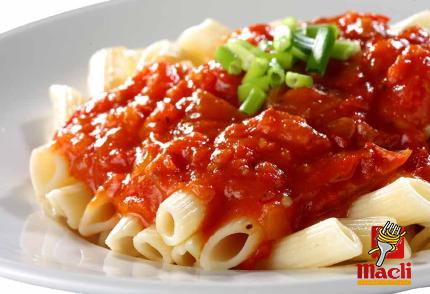
.
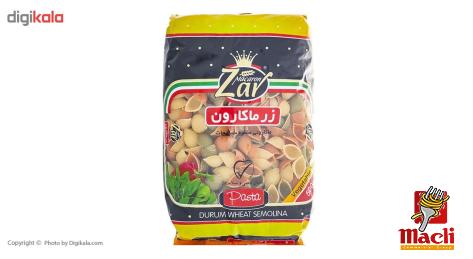 On the other hand, macaroni, with its curved and tubular shape, offers a more compact texture that is excellent for holding creamy sauces or cheese. The ridges on macaroni help sauces cling to the pasta, ensuring a flavorful and indulgent experience with every forkful. When it comes to versatility in cooking, both ziti and macaroni prove to be exceptional choices for a wide range of dishes. Ziti’s hollow tubes make it an ideal candidate for baked pasta dishes such as ziti al forno, where the pasta is layered with rich tomato sauce, creamy cheeses, and savory meats before being baked to golden perfection. The shape of ziti allows it to hold its structure even after being cooked, resulting in a dish that is both visually appealing and satisfying to eat. In contrast, macaroni shines in classics like macaroni and cheese, where its curved shape traps gooey cheese sauce for a decadent and comforting meal. The compact texture of macaroni ensures that each mouthful is filled with creamy goodness, making it a favorite among both children and adults alike. Nutrition is another aspect to consider when choosing between ziti and macaroni. While both pasta varieties are made from durum wheat semolina, which provides essential carbohydrates and some protein, ziti typically has a larger surface area due to its hollow tubes. This means that ziti can absorb more sauce, potentially leading to a higher calorie content compared to macaroni when paired with rich and heavy sauces. On the other hand, macaroni’s curved shape may help control portion sizes, making it easier to manage calorie intake. Additionally, whole grain versions of ziti and macaroni are available, offering increased fiber content and nutrients for a healthier option. In terms of cooking methods, ziti and macaroni can be prepared using similar techniques but may require different cooking times due to their shapes.
On the other hand, macaroni, with its curved and tubular shape, offers a more compact texture that is excellent for holding creamy sauces or cheese. The ridges on macaroni help sauces cling to the pasta, ensuring a flavorful and indulgent experience with every forkful. When it comes to versatility in cooking, both ziti and macaroni prove to be exceptional choices for a wide range of dishes. Ziti’s hollow tubes make it an ideal candidate for baked pasta dishes such as ziti al forno, where the pasta is layered with rich tomato sauce, creamy cheeses, and savory meats before being baked to golden perfection. The shape of ziti allows it to hold its structure even after being cooked, resulting in a dish that is both visually appealing and satisfying to eat. In contrast, macaroni shines in classics like macaroni and cheese, where its curved shape traps gooey cheese sauce for a decadent and comforting meal. The compact texture of macaroni ensures that each mouthful is filled with creamy goodness, making it a favorite among both children and adults alike. Nutrition is another aspect to consider when choosing between ziti and macaroni. While both pasta varieties are made from durum wheat semolina, which provides essential carbohydrates and some protein, ziti typically has a larger surface area due to its hollow tubes. This means that ziti can absorb more sauce, potentially leading to a higher calorie content compared to macaroni when paired with rich and heavy sauces. On the other hand, macaroni’s curved shape may help control portion sizes, making it easier to manage calorie intake. Additionally, whole grain versions of ziti and macaroni are available, offering increased fiber content and nutrients for a healthier option. In terms of cooking methods, ziti and macaroni can be prepared using similar techniques but may require different cooking times due to their shapes.
..
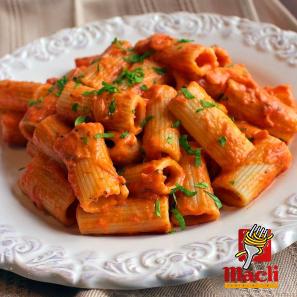 Ziti, with its longer tubes, may take slightly longer to cook than macaroni, which has a shorter and more compact shape. Both pasta varieties benefit from being cooked al dente, a term used to describe pasta that is cooked to be firm to the bite. Al dente pasta is ideal for holding sauces and flavors, ensuring that the pasta’s texture enhances the overall dish. Overcooking ziti or macaroni can result in a mushy texture, compromising the integrity of the dish. When it comes to pairing ziti and macaroni with sauces, both pasta varieties lend themselves to a multitude of flavor combinations. Ziti excels in hearty meat sauces such as Bolognese or rustic tomato sauces with chunks of vegetables and herbs. The hollow tubes of ziti capture the essence of the sauces, creating a satisfying and flavorful dish. On the other hand, macaroni pairs beautifully with creamy sauces like Alfredo or carbonara, where the curved shape of the pasta cradles the silky sauce for a luscious eating experience. The versatility of ziti and macaroni allows them to be combined with a variety of ingredients, from seafood and poultry to fresh vegetables and herbs, making them suitable for any culinary creation. In conclusion, the battle between ziti and macaroni ultimately comes down to personal preference and the specific dish being prepared. Ziti’s hollow tubes and satisfying bite make it a favorite for baked pasta dishes and saucy creations, while macaroni’s curved shape and compact texture lend themselves well to creamy and cheesy recipes. Both pasta varieties offer unique characteristics that can elevate any meal, whether it be a comforting macaroni and cheese or an elegant ziti al forno. So, the next time you’re faced with the choice between ziti and macaroni, consider the texture, versatility, nutrition, cooking methods, and sauce pairings to determine which pasta will best suit your culinary needs. Whichever you choose, rest assured that both ziti and macaroni are delicious additions to any kitchen pantry, ready to be transformed into a mouthwatering masterpiece with your culinary skills. The beauty of ziti and macaroni lies not only in their individual characteristics but also in their ability to adapt to a wide range of culinary styles and cultural influences. These pasta varieties have transcended their Italian roots to become beloved staples in kitchens around the world, each contributing its unique qualities to diverse cuisines. Exploring the world of ziti and macaroni opens up a world of culinary possibilities, from traditional Italian recipes to innovative fusion creations.
Ziti, with its longer tubes, may take slightly longer to cook than macaroni, which has a shorter and more compact shape. Both pasta varieties benefit from being cooked al dente, a term used to describe pasta that is cooked to be firm to the bite. Al dente pasta is ideal for holding sauces and flavors, ensuring that the pasta’s texture enhances the overall dish. Overcooking ziti or macaroni can result in a mushy texture, compromising the integrity of the dish. When it comes to pairing ziti and macaroni with sauces, both pasta varieties lend themselves to a multitude of flavor combinations. Ziti excels in hearty meat sauces such as Bolognese or rustic tomato sauces with chunks of vegetables and herbs. The hollow tubes of ziti capture the essence of the sauces, creating a satisfying and flavorful dish. On the other hand, macaroni pairs beautifully with creamy sauces like Alfredo or carbonara, where the curved shape of the pasta cradles the silky sauce for a luscious eating experience. The versatility of ziti and macaroni allows them to be combined with a variety of ingredients, from seafood and poultry to fresh vegetables and herbs, making them suitable for any culinary creation. In conclusion, the battle between ziti and macaroni ultimately comes down to personal preference and the specific dish being prepared. Ziti’s hollow tubes and satisfying bite make it a favorite for baked pasta dishes and saucy creations, while macaroni’s curved shape and compact texture lend themselves well to creamy and cheesy recipes. Both pasta varieties offer unique characteristics that can elevate any meal, whether it be a comforting macaroni and cheese or an elegant ziti al forno. So, the next time you’re faced with the choice between ziti and macaroni, consider the texture, versatility, nutrition, cooking methods, and sauce pairings to determine which pasta will best suit your culinary needs. Whichever you choose, rest assured that both ziti and macaroni are delicious additions to any kitchen pantry, ready to be transformed into a mouthwatering masterpiece with your culinary skills. The beauty of ziti and macaroni lies not only in their individual characteristics but also in their ability to adapt to a wide range of culinary styles and cultural influences. These pasta varieties have transcended their Italian roots to become beloved staples in kitchens around the world, each contributing its unique qualities to diverse cuisines. Exploring the world of ziti and macaroni opens up a world of culinary possibilities, from traditional Italian recipes to innovative fusion creations.
…
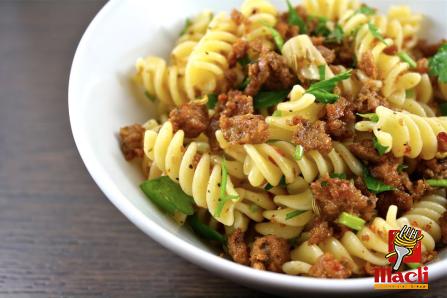 In Italian-American cuisine, ziti is a featured ingredient in dishes like baked ziti, where it mingles with tangy tomato sauce, creamy ricotta, and melted mozzarella for a hearty and satisfying meal. Macaroni, on the other hand, takes center stage in classic macaroni and cheese recipes, a beloved comfort food that has been enjoyed for generations. Beyond Italian and Italian-American cuisine, ziti and macaroni play a role in global dishes that showcase their versatility and adaptability. In Greek cuisine, pastitsio is a savory casserole that features tubular pasta similar to ziti, layered with spiced meat, creamy béchamel sauce, and a hint of nutmeg for a Mediterranean twist on a baked pasta classic. In Indian cuisine, macaroni is used in fusion recipes like macaroni masala, where the pasta is tossed with a fragrant blend of spices, tomatoes, and vegetables to create a flavorful and colorful dish that marries Italian and Indian flavors beautifully. The culinary journey of ziti and macaroni extends beyond the realm of savory dishes into the realm of sweets and desserts. In traditional Italian desserts, ziti can be found in dishes like ziti alla dolce, where the pasta is cooked in sweetened milk and ricotta cheese, then baked to create a luscious and indulgent treat reminiscent of rice pudding. Macaroni, with its versatile shape, can be used in desserts like macaroni pudding, a rich and creamy dish that combines macaroni with sugar, eggs, and warm spices for a comforting and nostalgic sweet ending to a meal. The rich history and cultural significance of ziti and macaroni serve as a reminder of the enduring appeal of these humble pasta varieties. From the bustling streets of Italy to the bustling kitchens of home cooks worldwide, ziti and macaroni continue to be cherished for their ability to transform simple ingredients into memorable and satisfying meals that bring people together around the table. In the end, whether you choose ziti or macaroni for your next culinary creation, both pasta varieties offer a delicious canvas for your creativity and culinary skills. With their unique shapes, textures, and flavors, ziti and macaroni provide endless possibilities for experimenting with new recipes, showcasing different cuisines, and delighting your taste buds with each delightful bite. So, the next time you find yourself debating between ziti and macaroni, remember that both pasta varieties have their own special charm and can elevate your cooking to new heights. Embrace the versatility, texture, and flavors of ziti and macaroni, and let your culinary imagination run wild as you explore the endless culinary possibilities that these beloved pasta varieties have to offer.
In Italian-American cuisine, ziti is a featured ingredient in dishes like baked ziti, where it mingles with tangy tomato sauce, creamy ricotta, and melted mozzarella for a hearty and satisfying meal. Macaroni, on the other hand, takes center stage in classic macaroni and cheese recipes, a beloved comfort food that has been enjoyed for generations. Beyond Italian and Italian-American cuisine, ziti and macaroni play a role in global dishes that showcase their versatility and adaptability. In Greek cuisine, pastitsio is a savory casserole that features tubular pasta similar to ziti, layered with spiced meat, creamy béchamel sauce, and a hint of nutmeg for a Mediterranean twist on a baked pasta classic. In Indian cuisine, macaroni is used in fusion recipes like macaroni masala, where the pasta is tossed with a fragrant blend of spices, tomatoes, and vegetables to create a flavorful and colorful dish that marries Italian and Indian flavors beautifully. The culinary journey of ziti and macaroni extends beyond the realm of savory dishes into the realm of sweets and desserts. In traditional Italian desserts, ziti can be found in dishes like ziti alla dolce, where the pasta is cooked in sweetened milk and ricotta cheese, then baked to create a luscious and indulgent treat reminiscent of rice pudding. Macaroni, with its versatile shape, can be used in desserts like macaroni pudding, a rich and creamy dish that combines macaroni with sugar, eggs, and warm spices for a comforting and nostalgic sweet ending to a meal. The rich history and cultural significance of ziti and macaroni serve as a reminder of the enduring appeal of these humble pasta varieties. From the bustling streets of Italy to the bustling kitchens of home cooks worldwide, ziti and macaroni continue to be cherished for their ability to transform simple ingredients into memorable and satisfying meals that bring people together around the table. In the end, whether you choose ziti or macaroni for your next culinary creation, both pasta varieties offer a delicious canvas for your creativity and culinary skills. With their unique shapes, textures, and flavors, ziti and macaroni provide endless possibilities for experimenting with new recipes, showcasing different cuisines, and delighting your taste buds with each delightful bite. So, the next time you find yourself debating between ziti and macaroni, remember that both pasta varieties have their own special charm and can elevate your cooking to new heights. Embrace the versatility, texture, and flavors of ziti and macaroni, and let your culinary imagination run wild as you explore the endless culinary possibilities that these beloved pasta varieties have to offer.


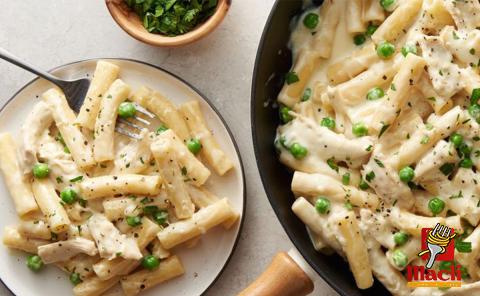


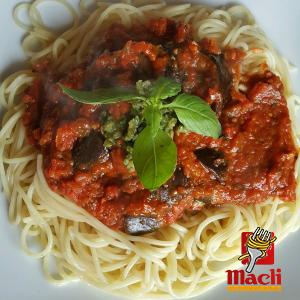
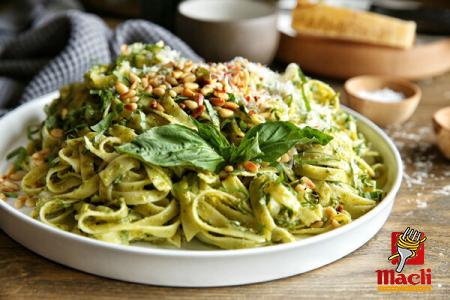
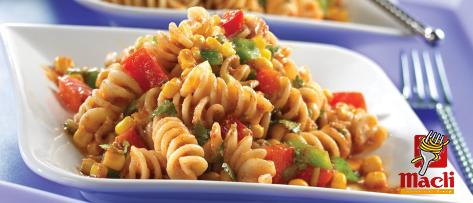
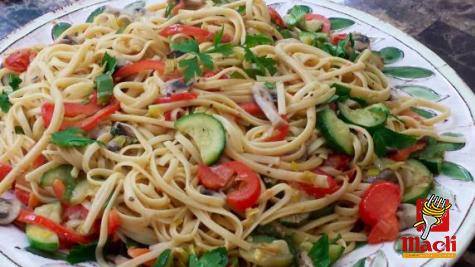
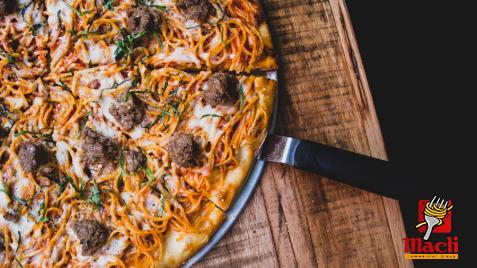
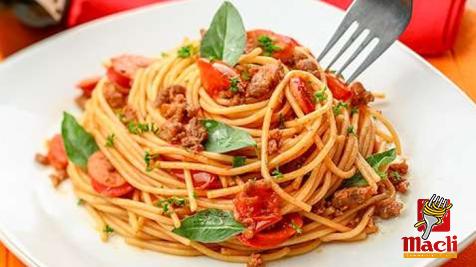
Your comment submitted.